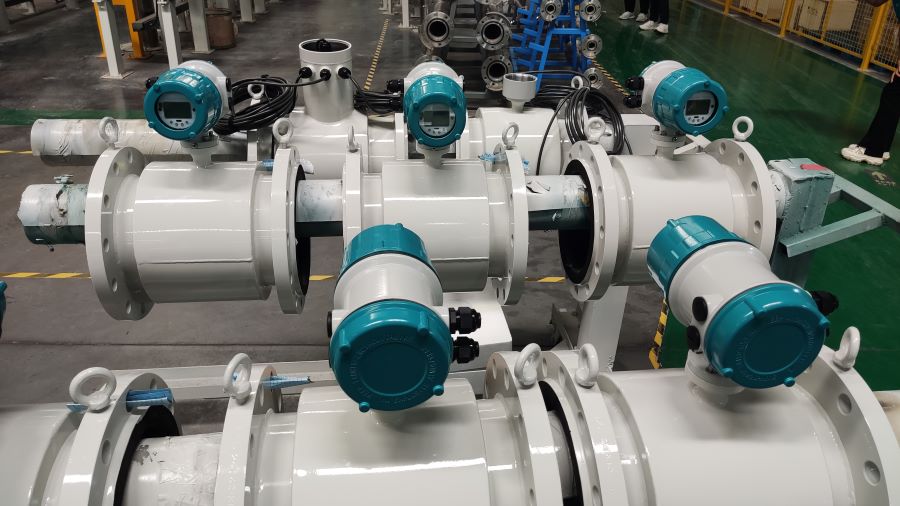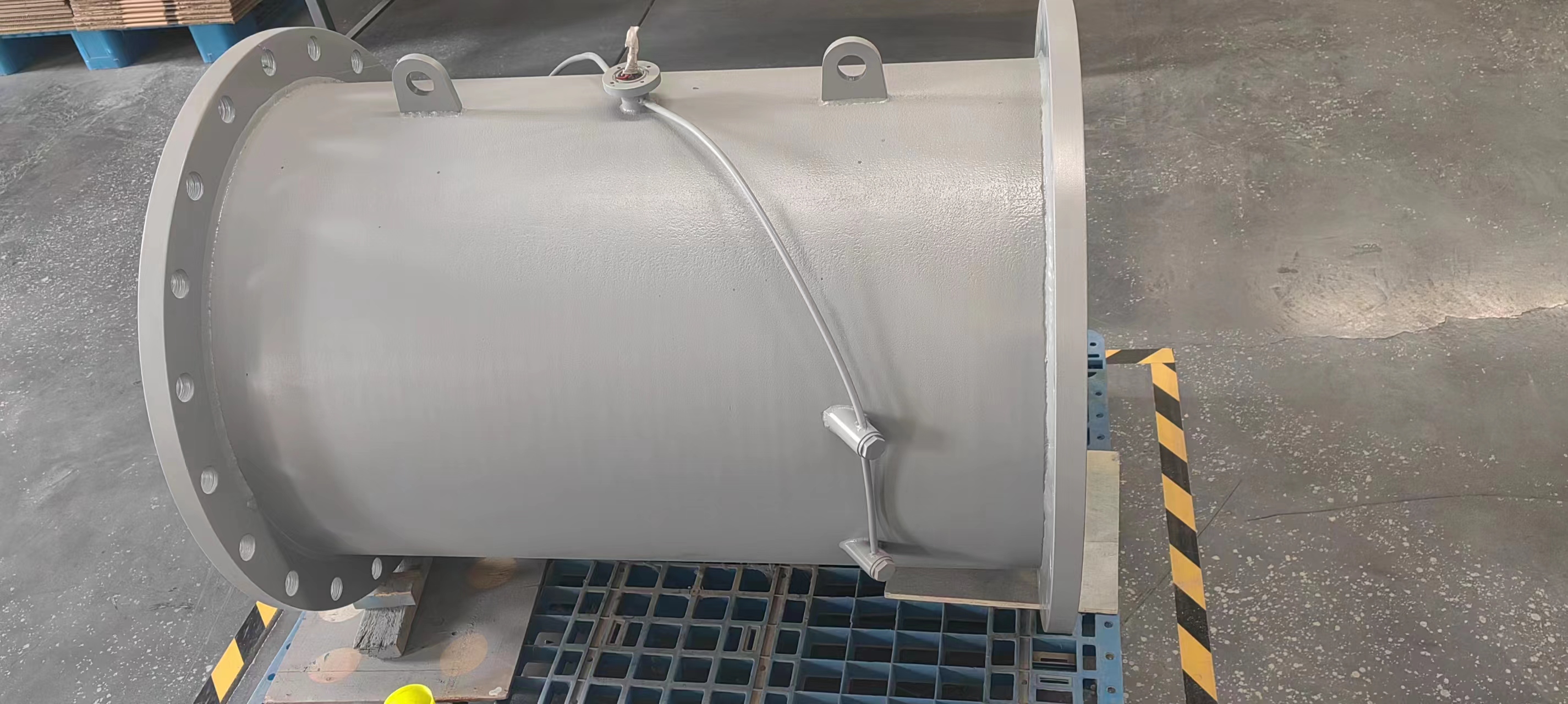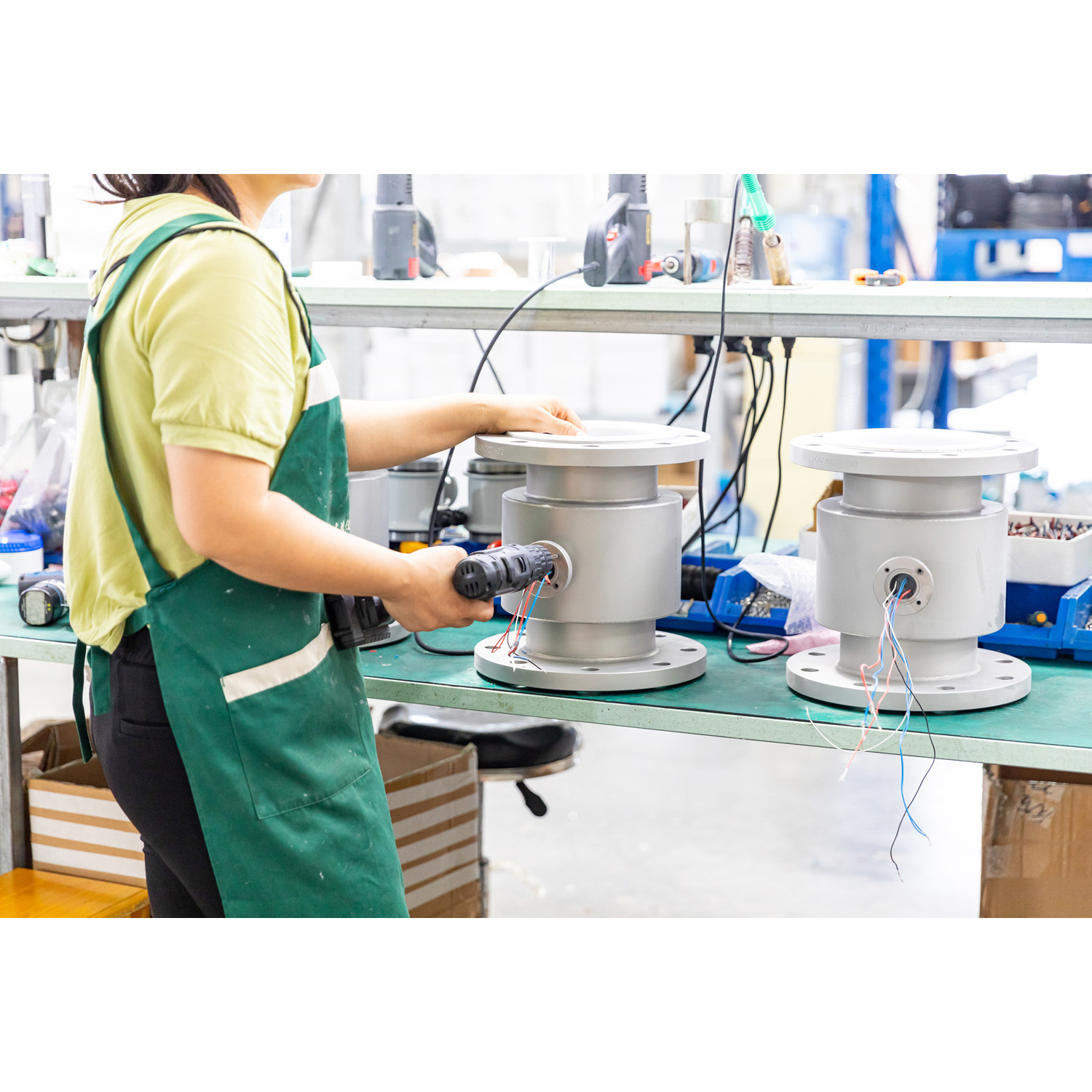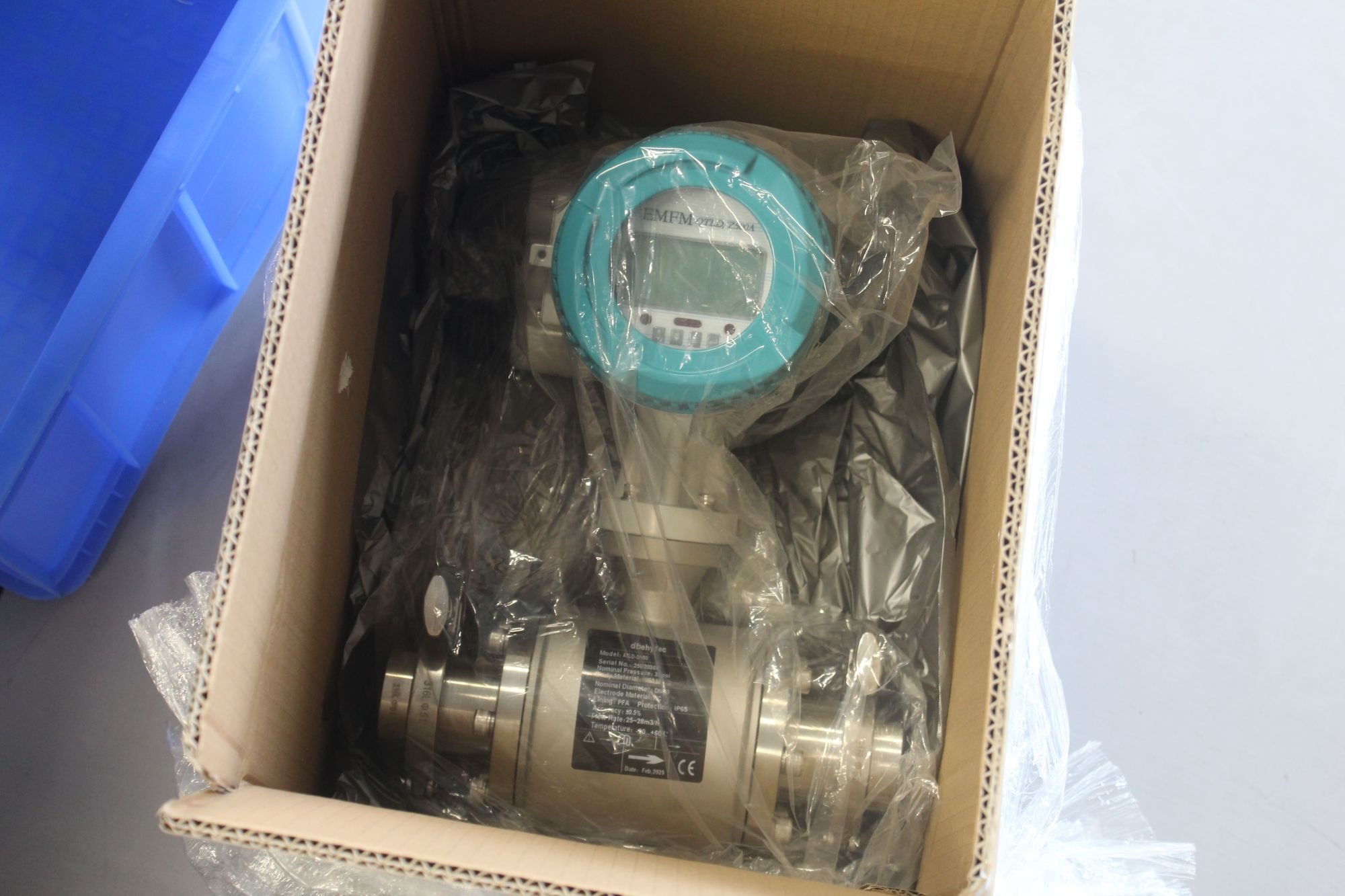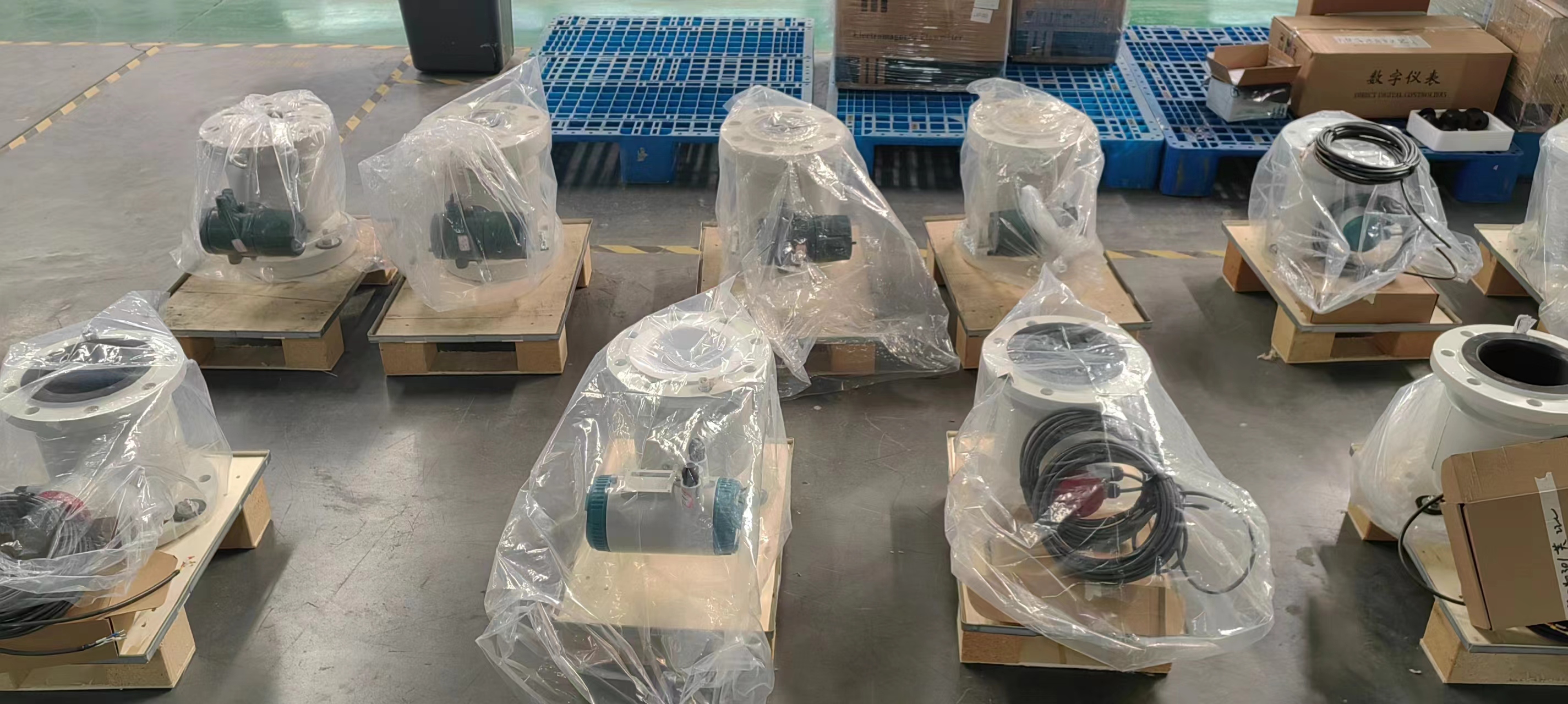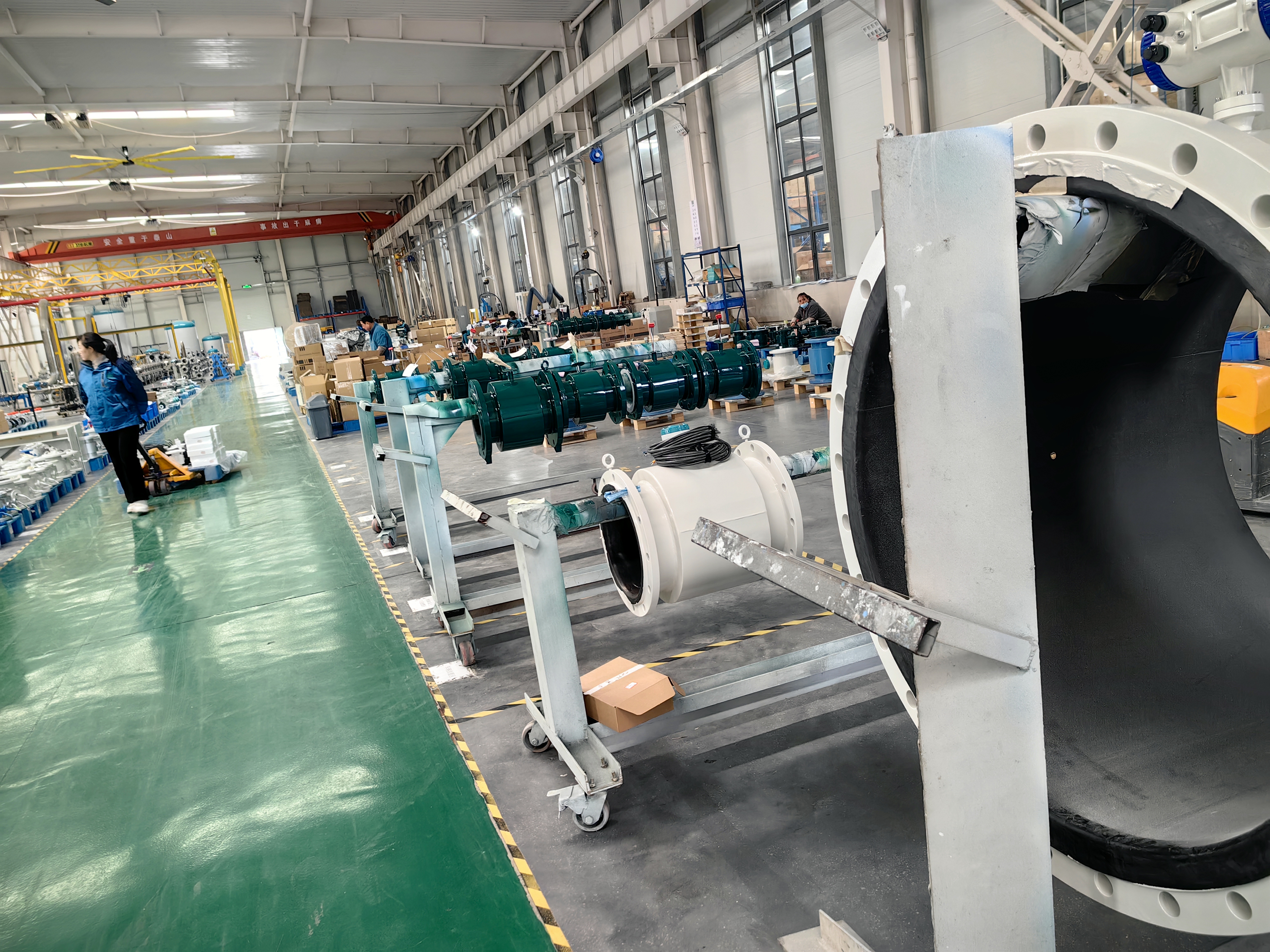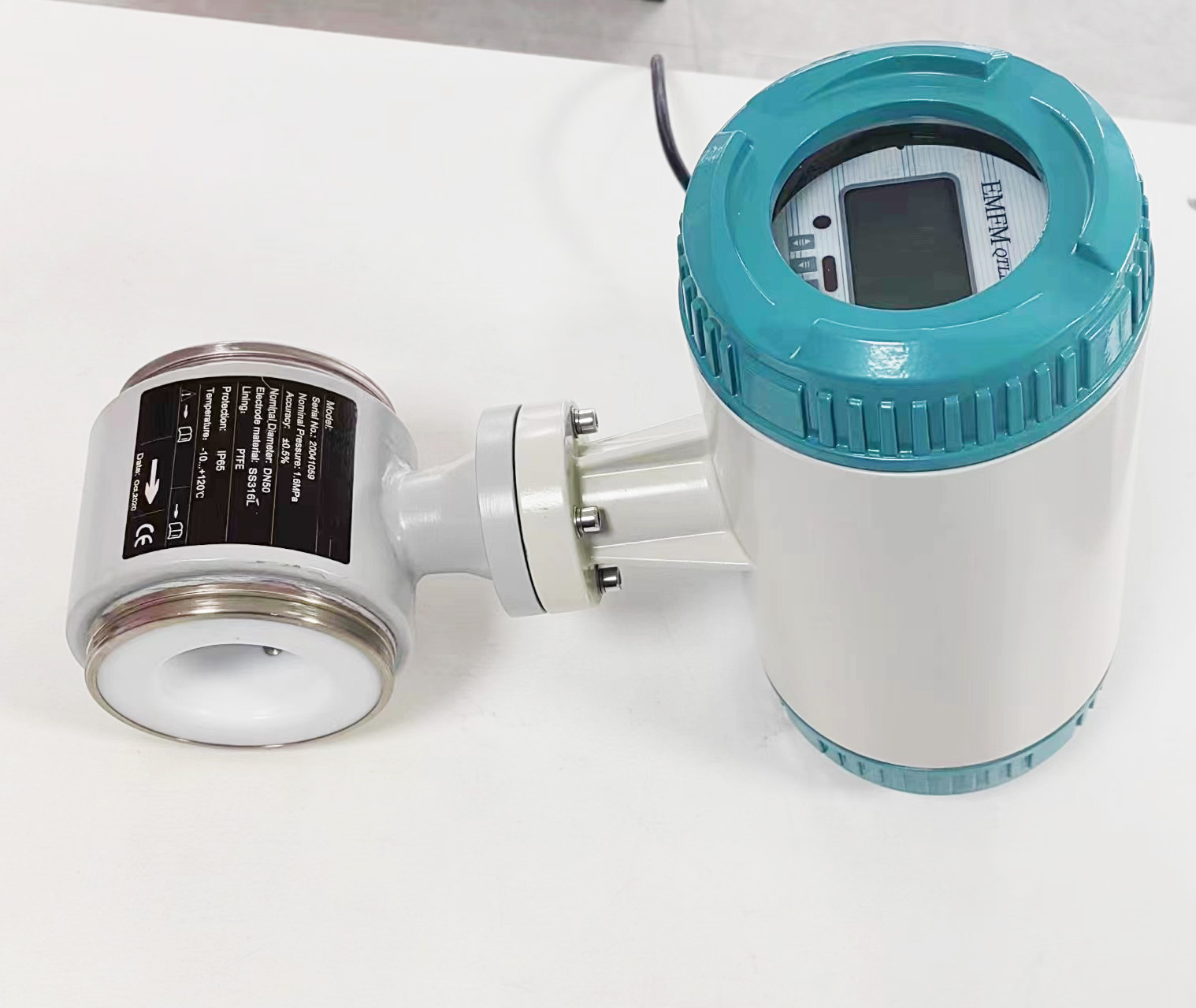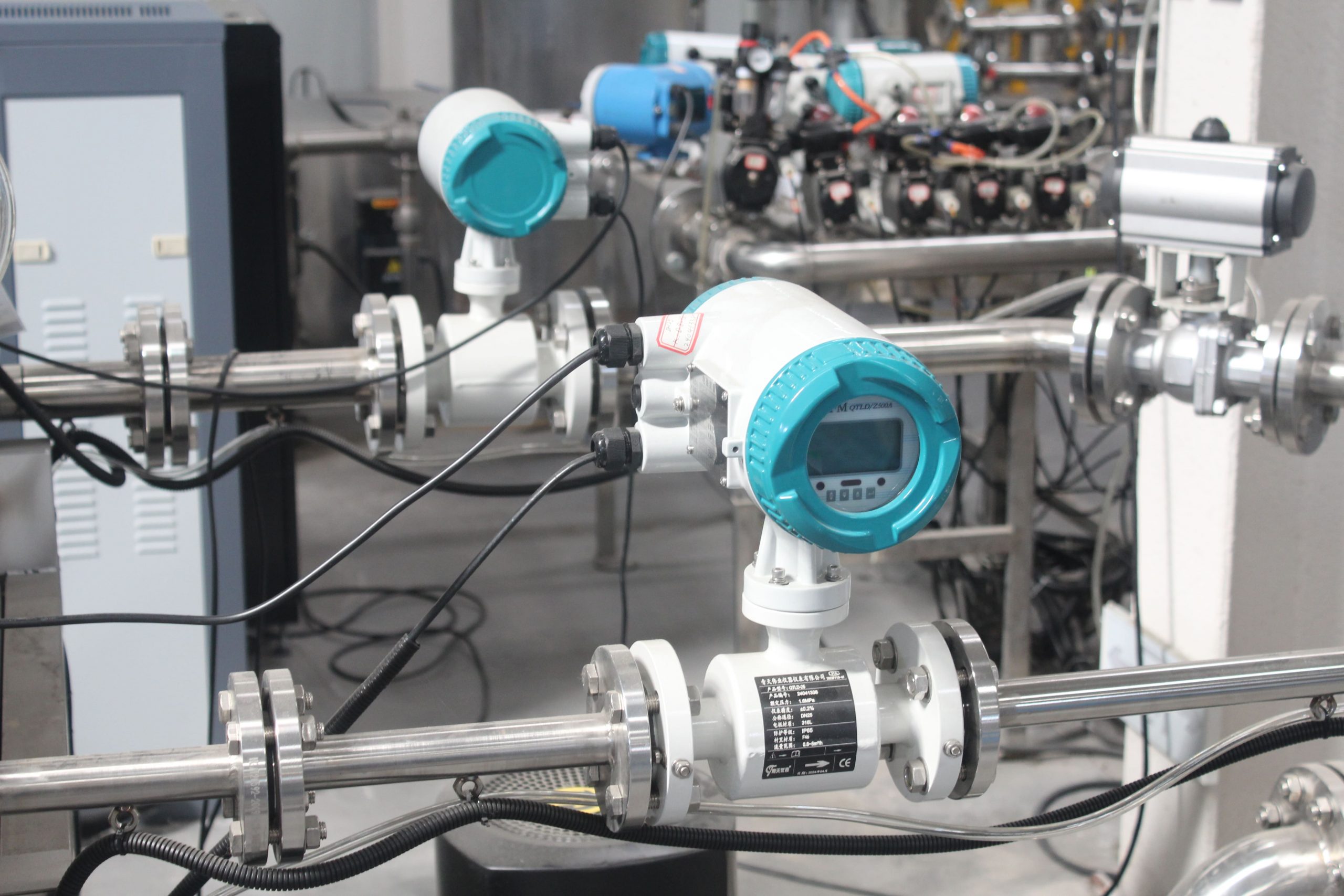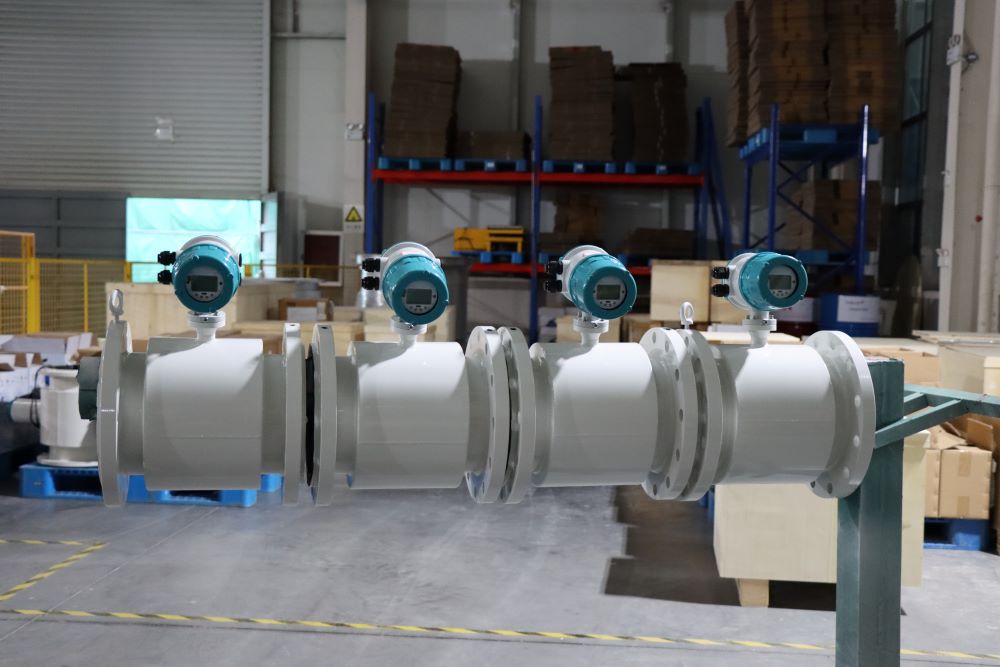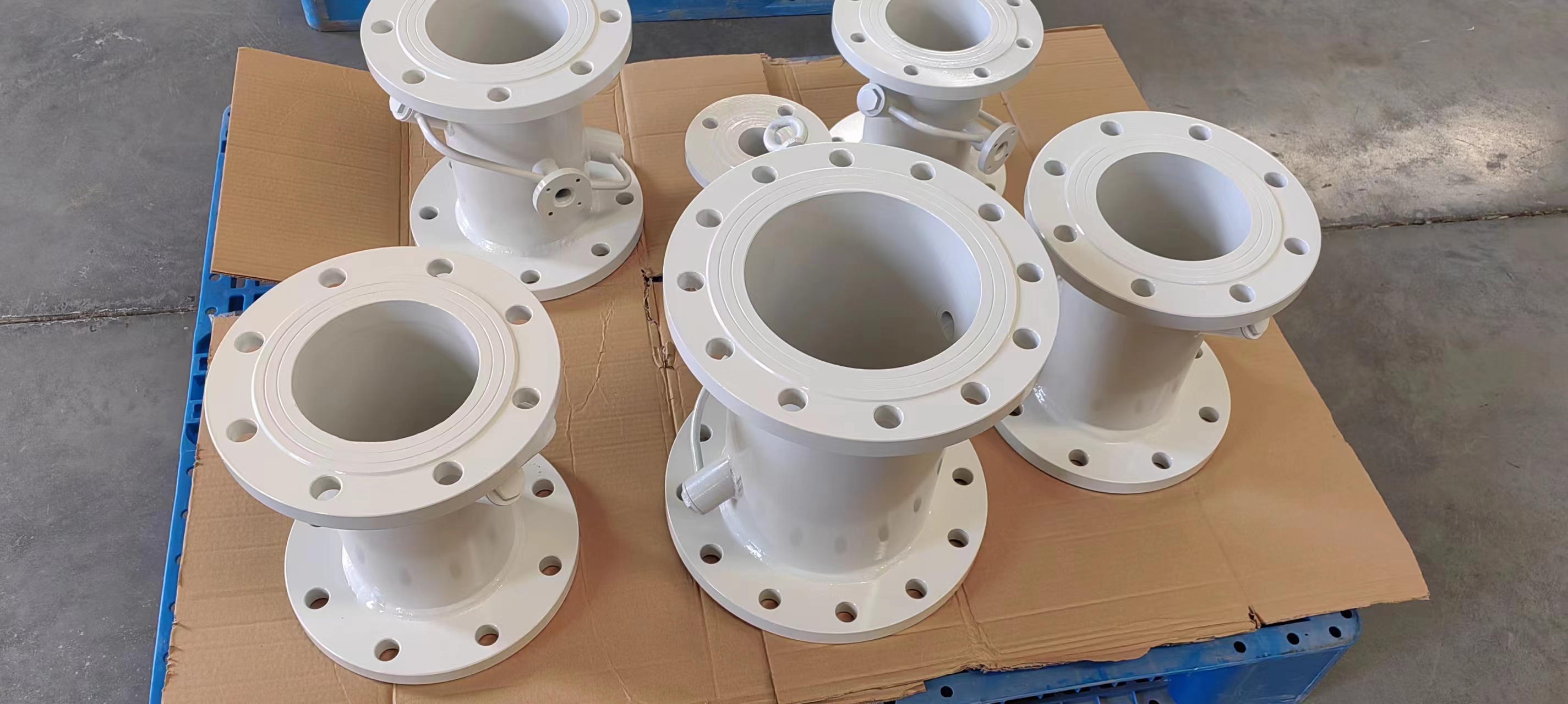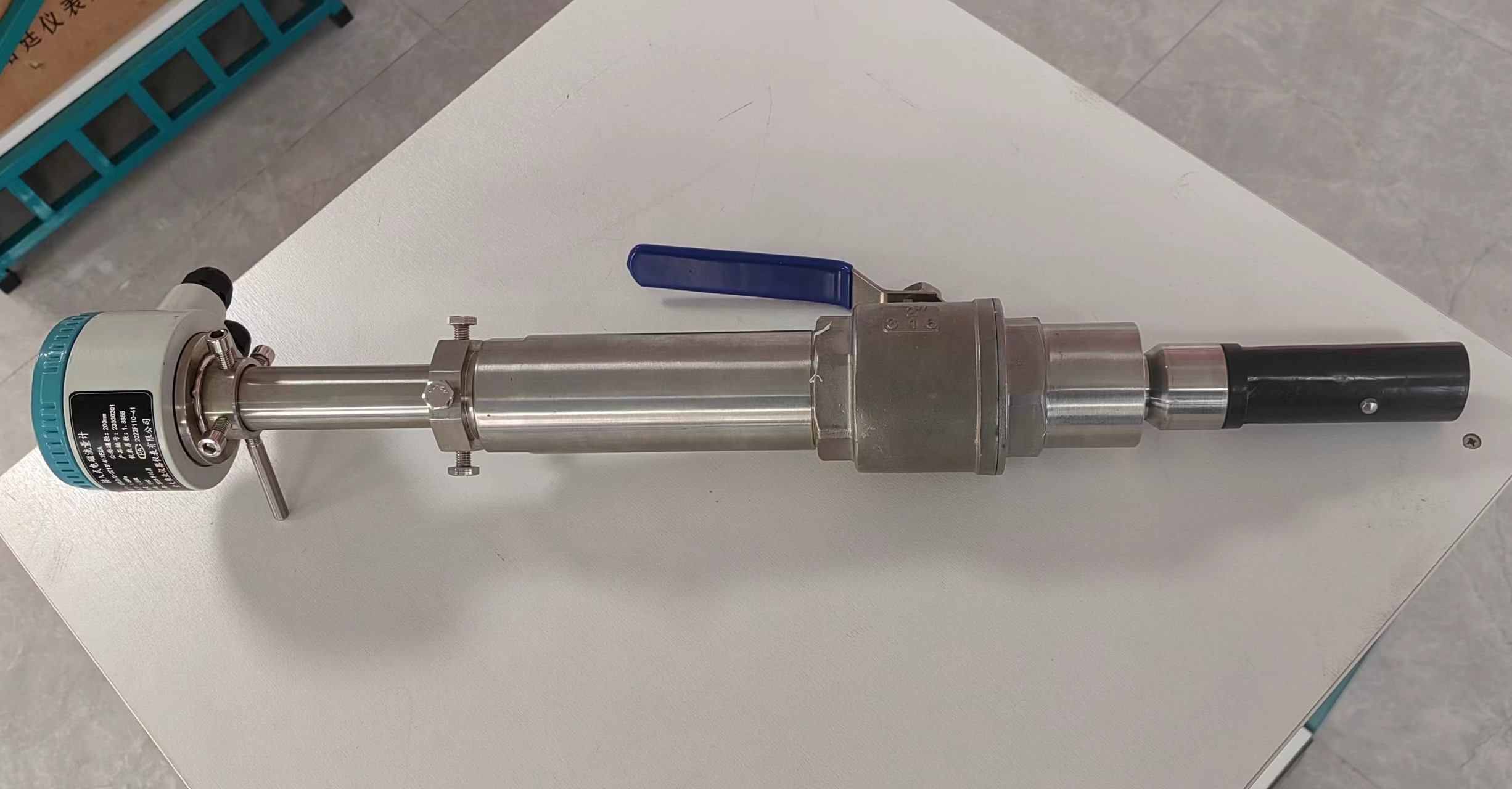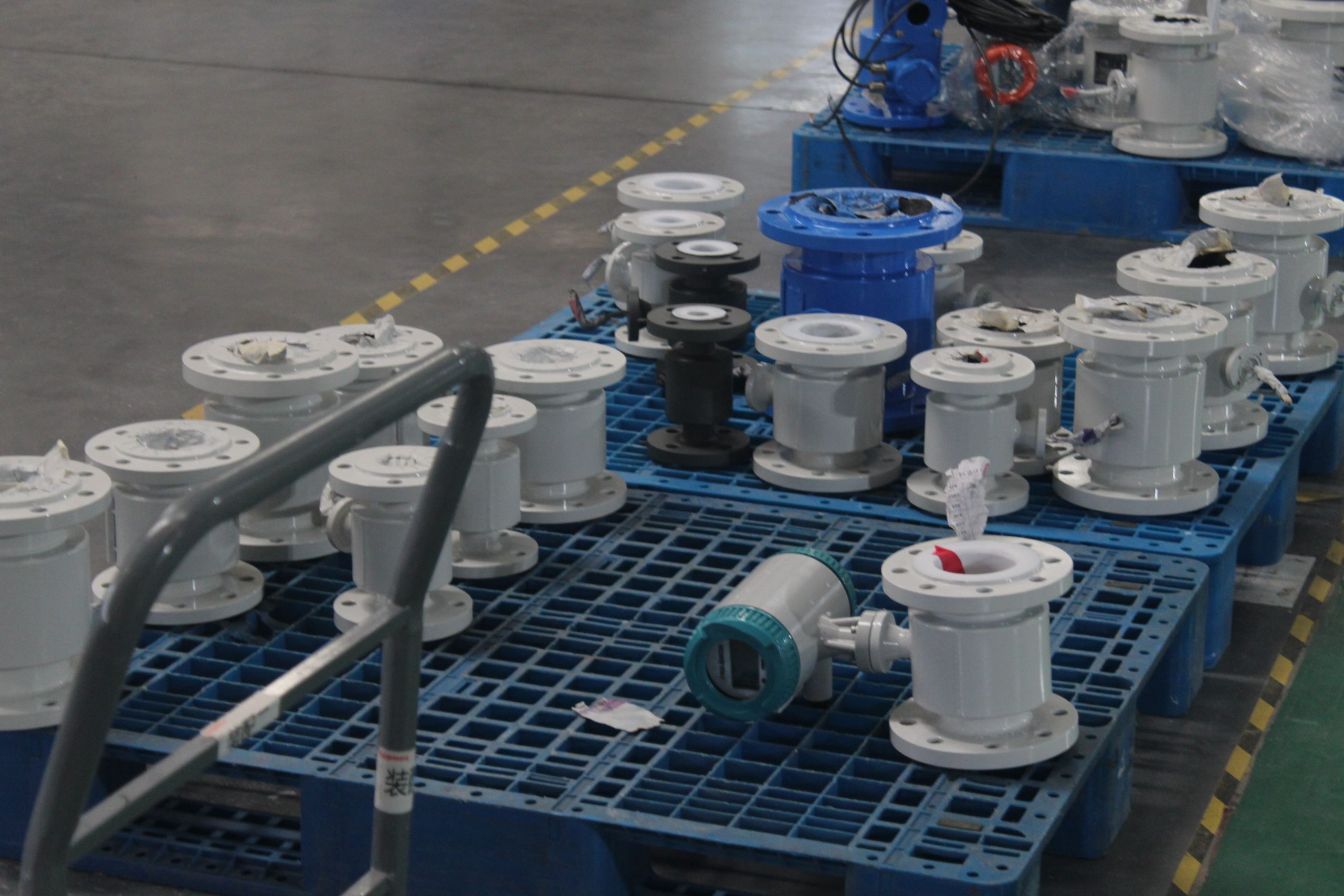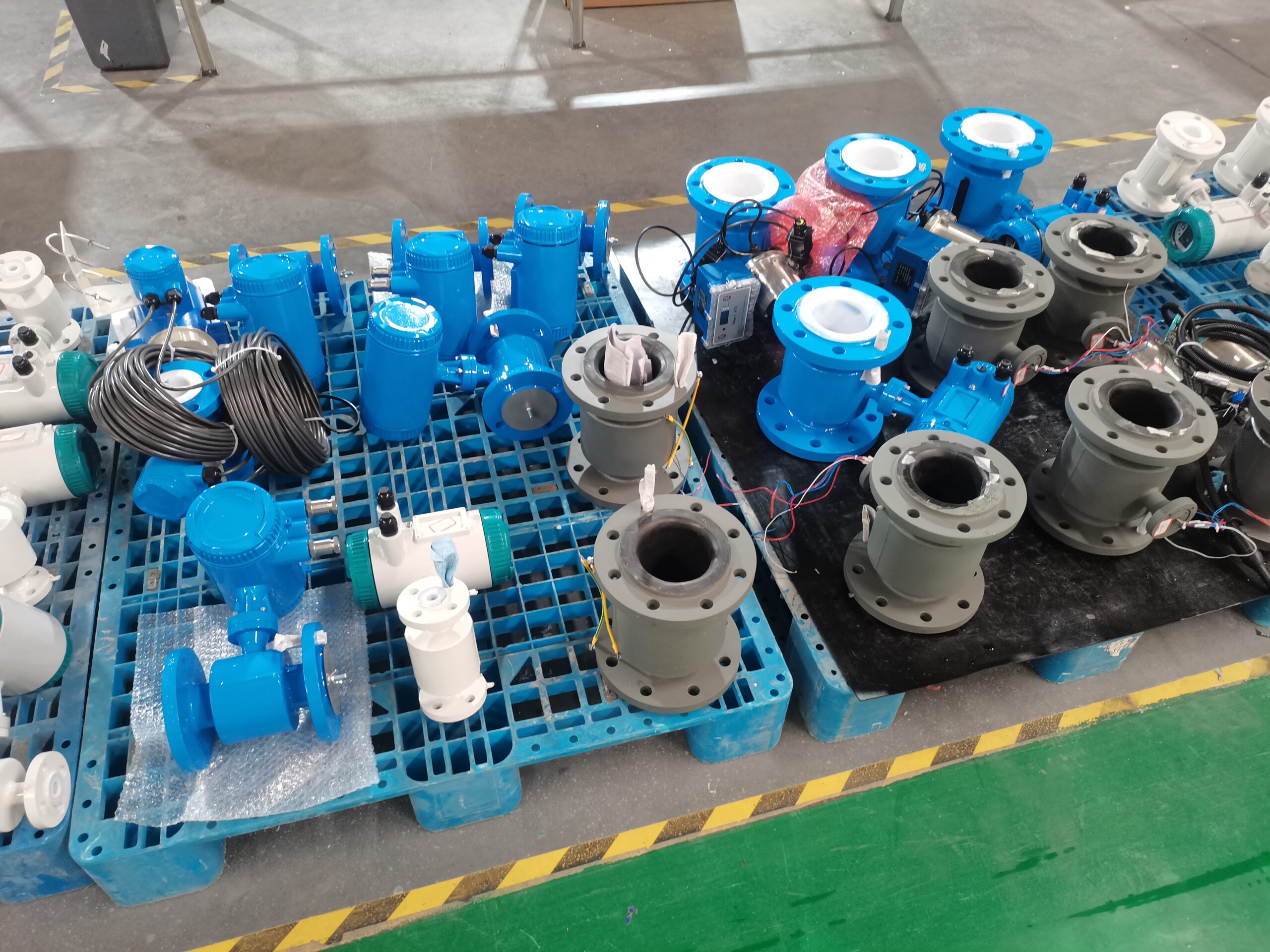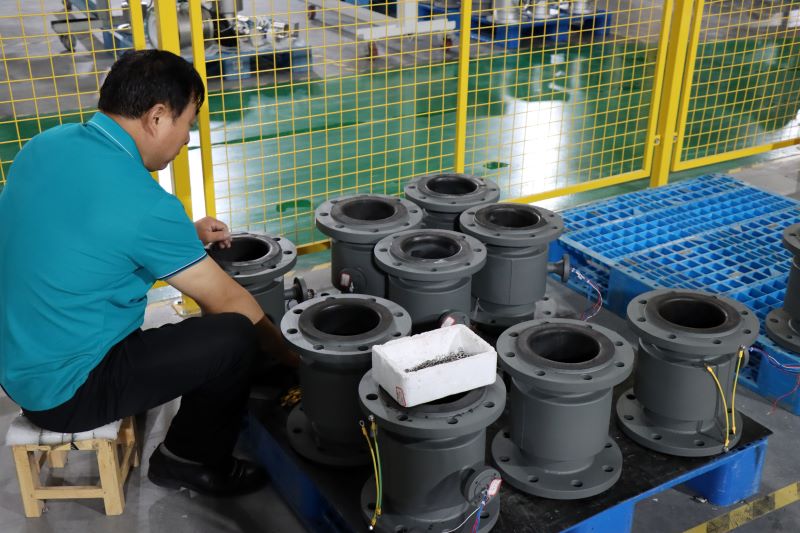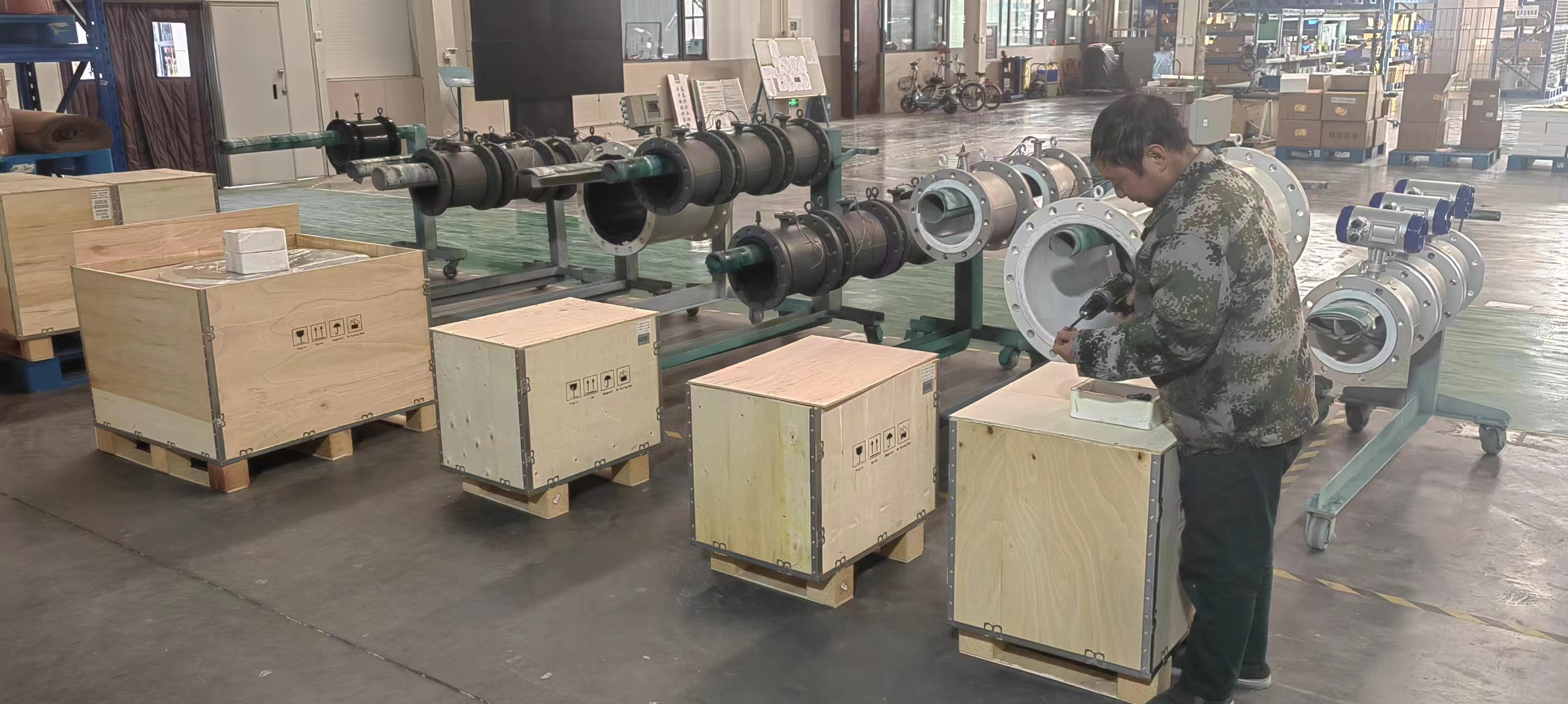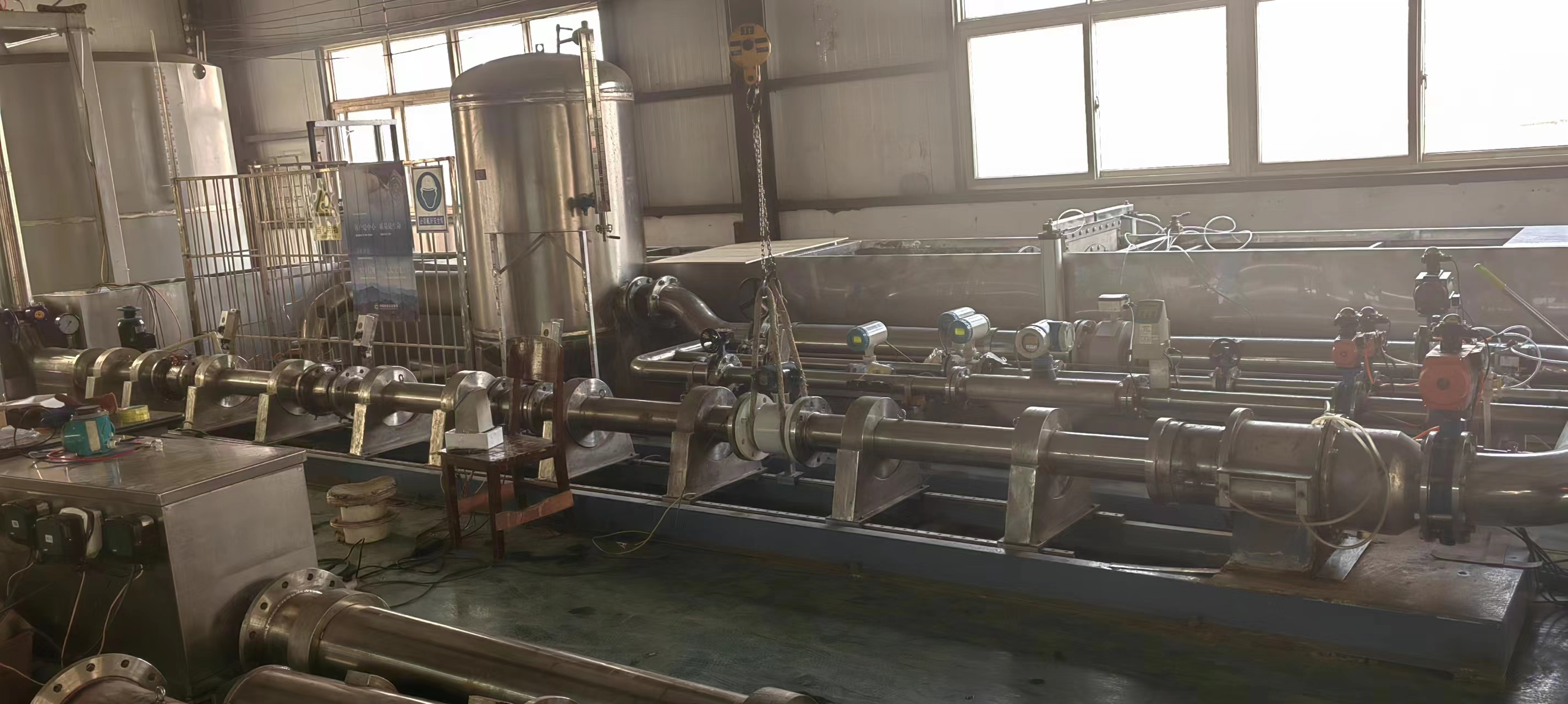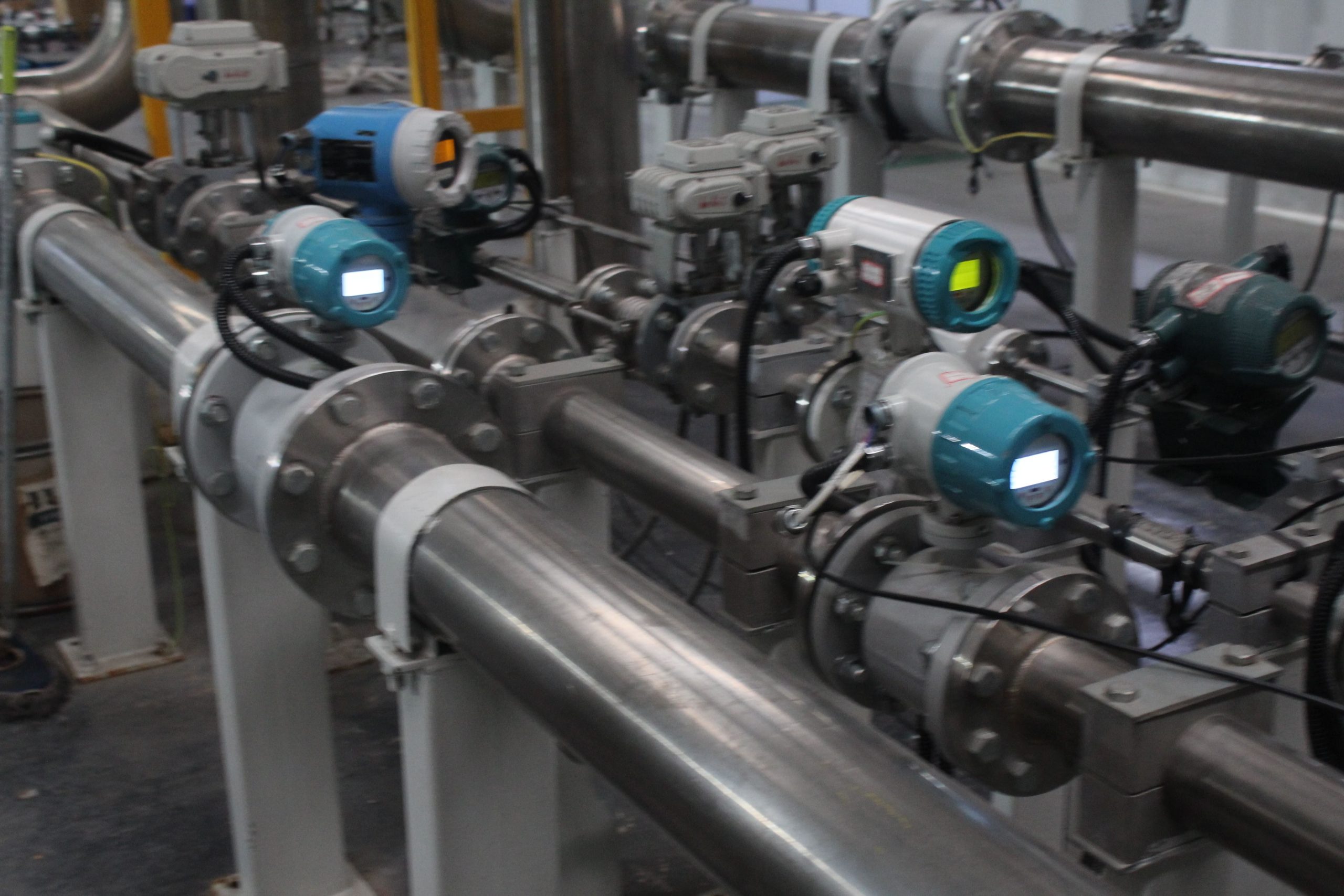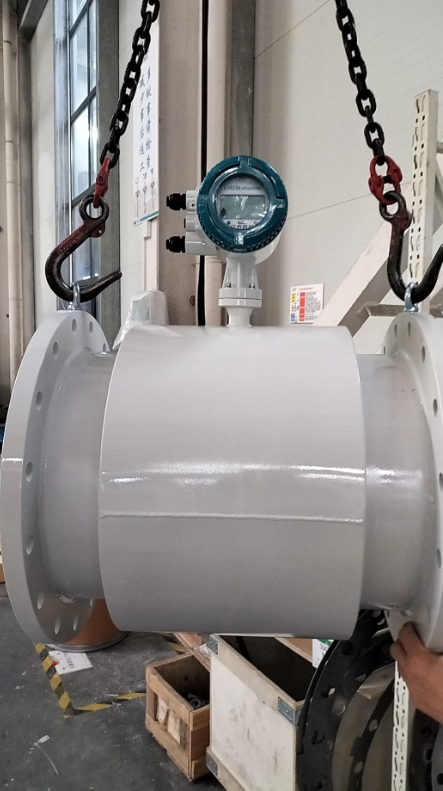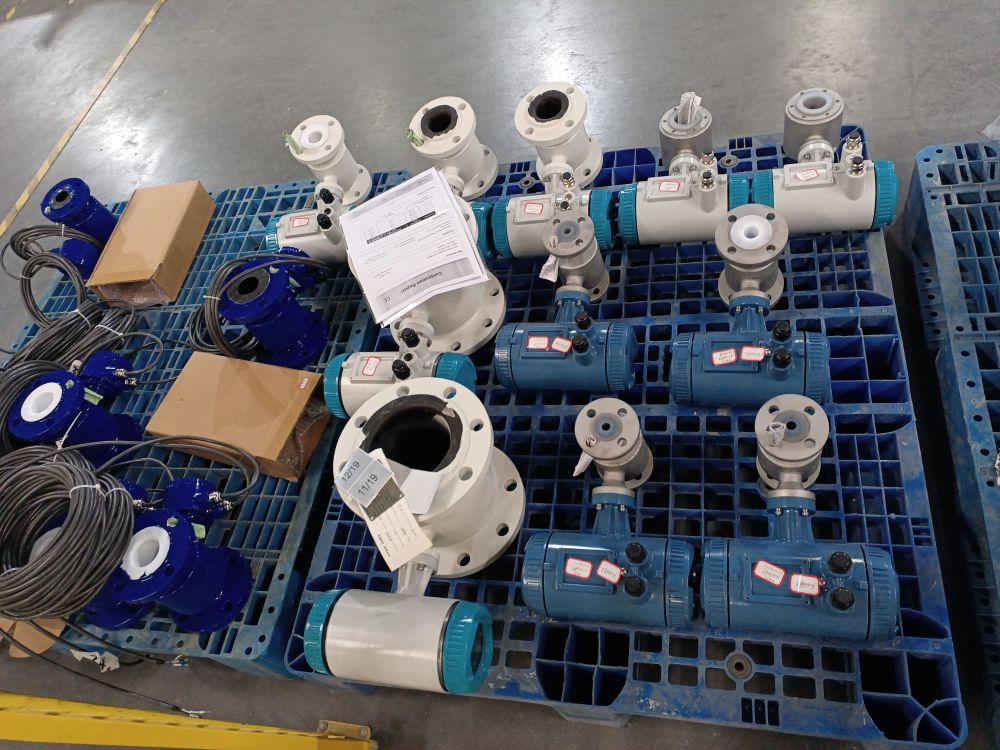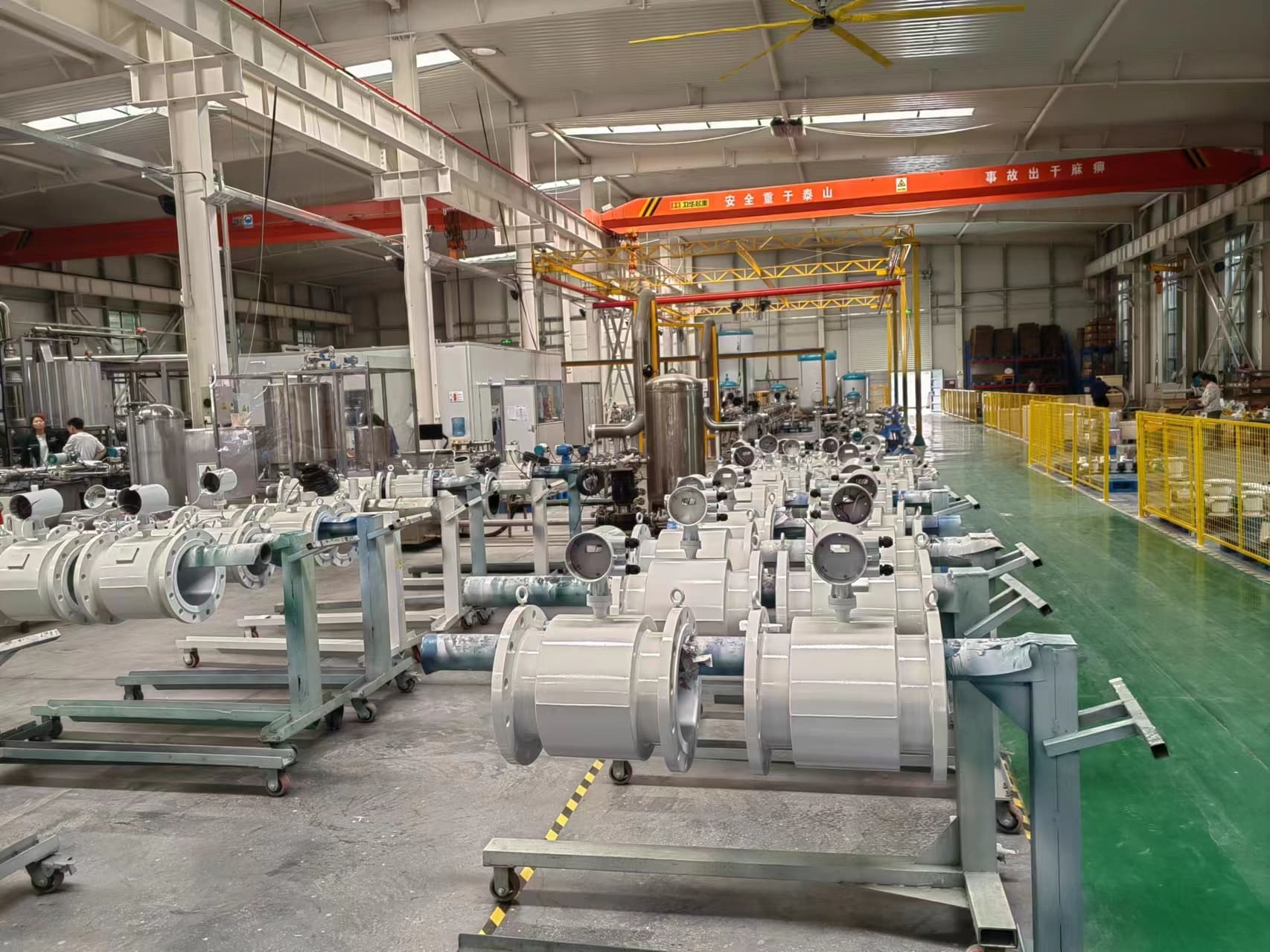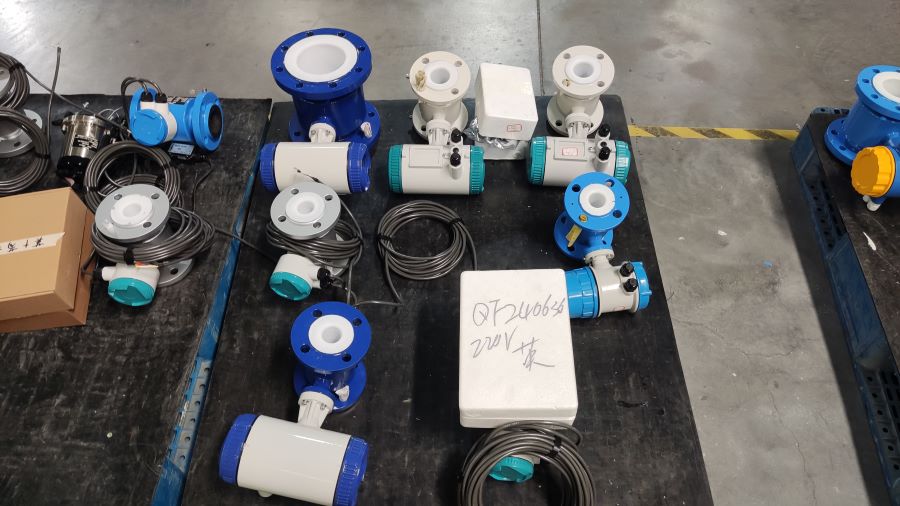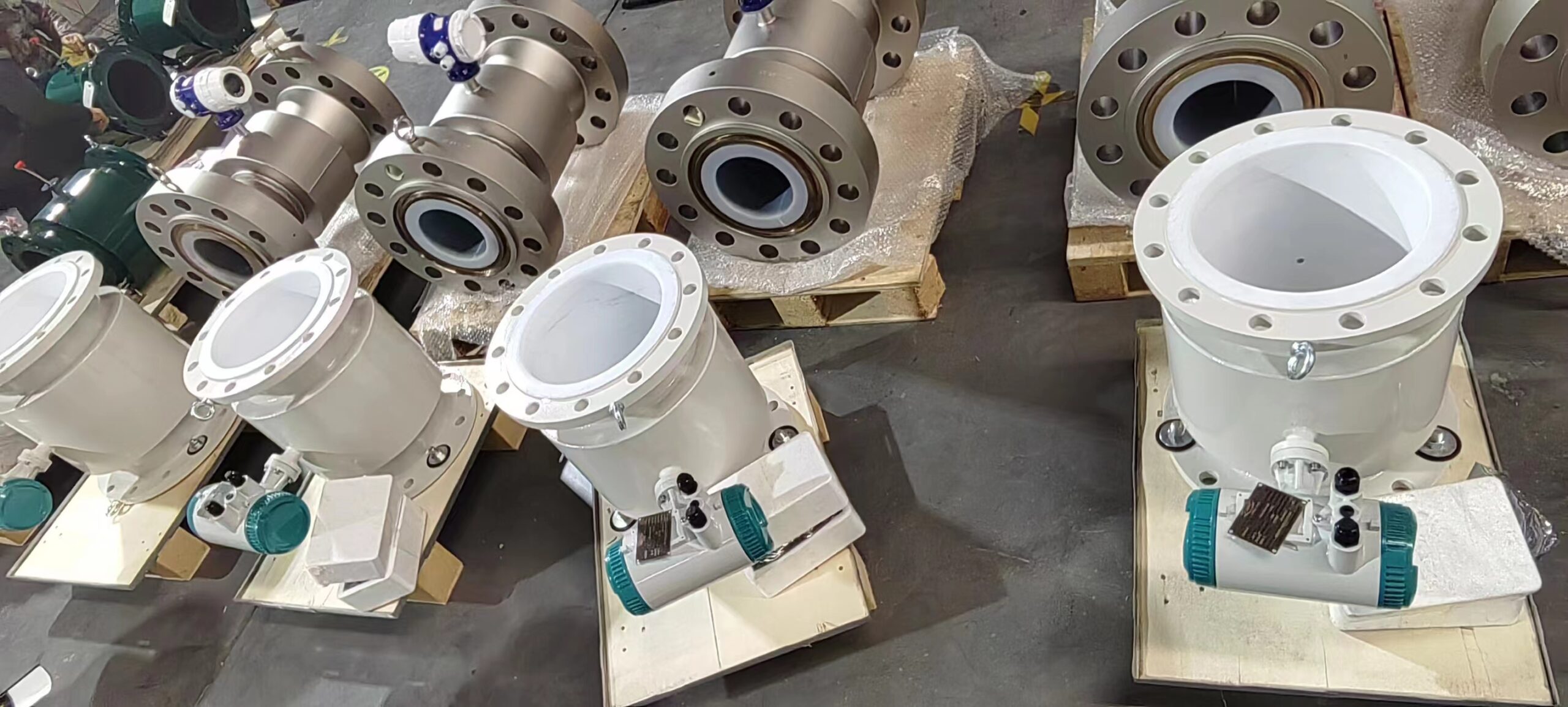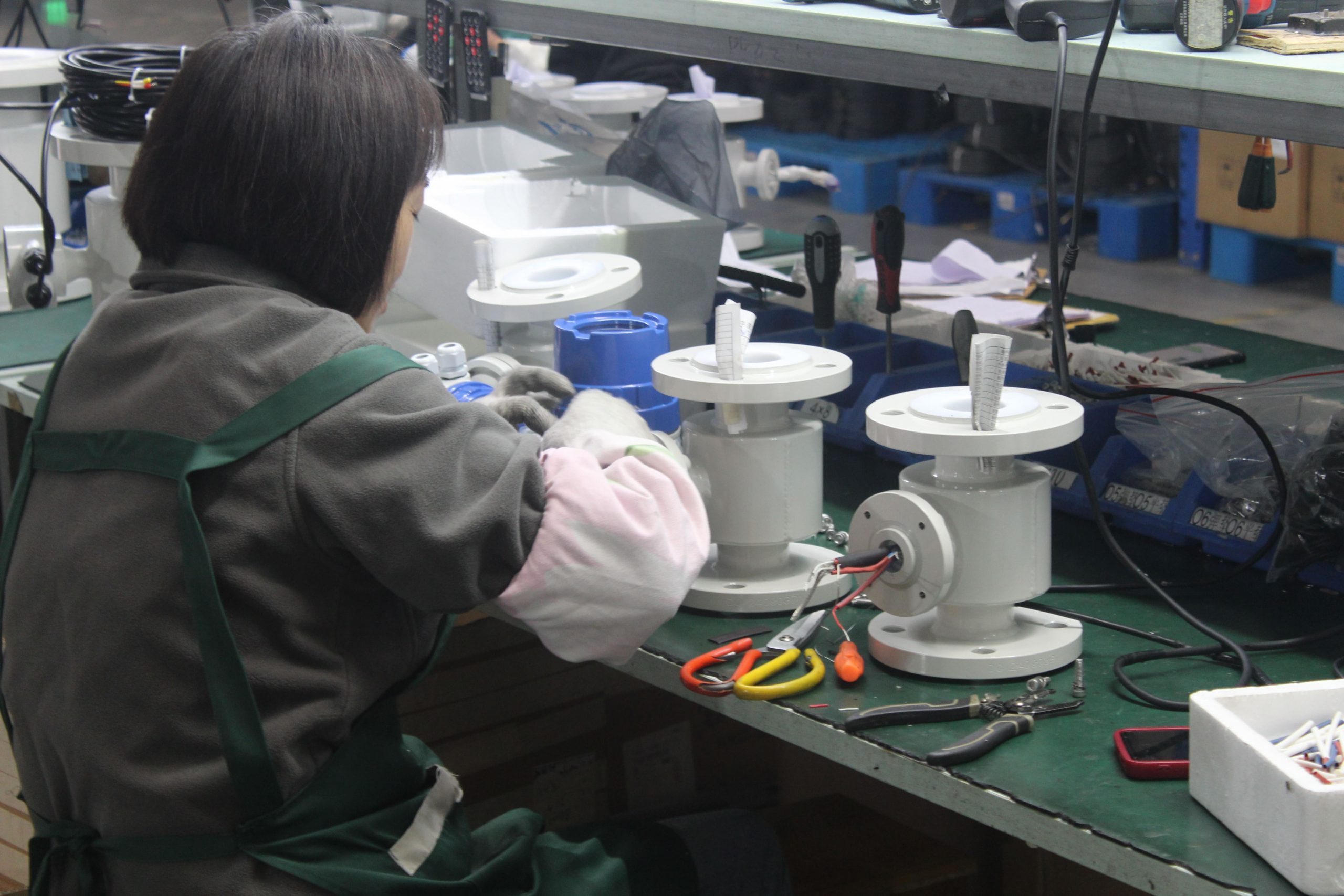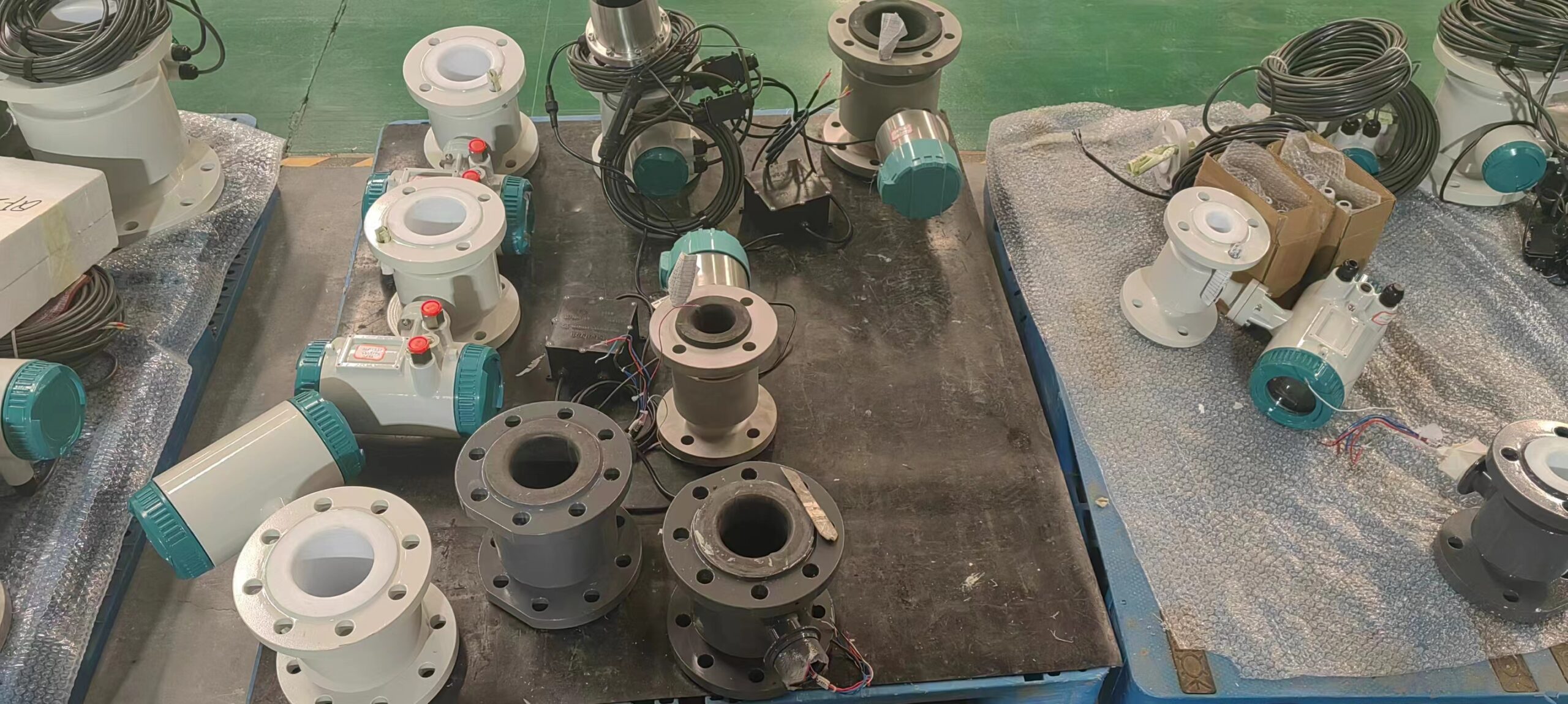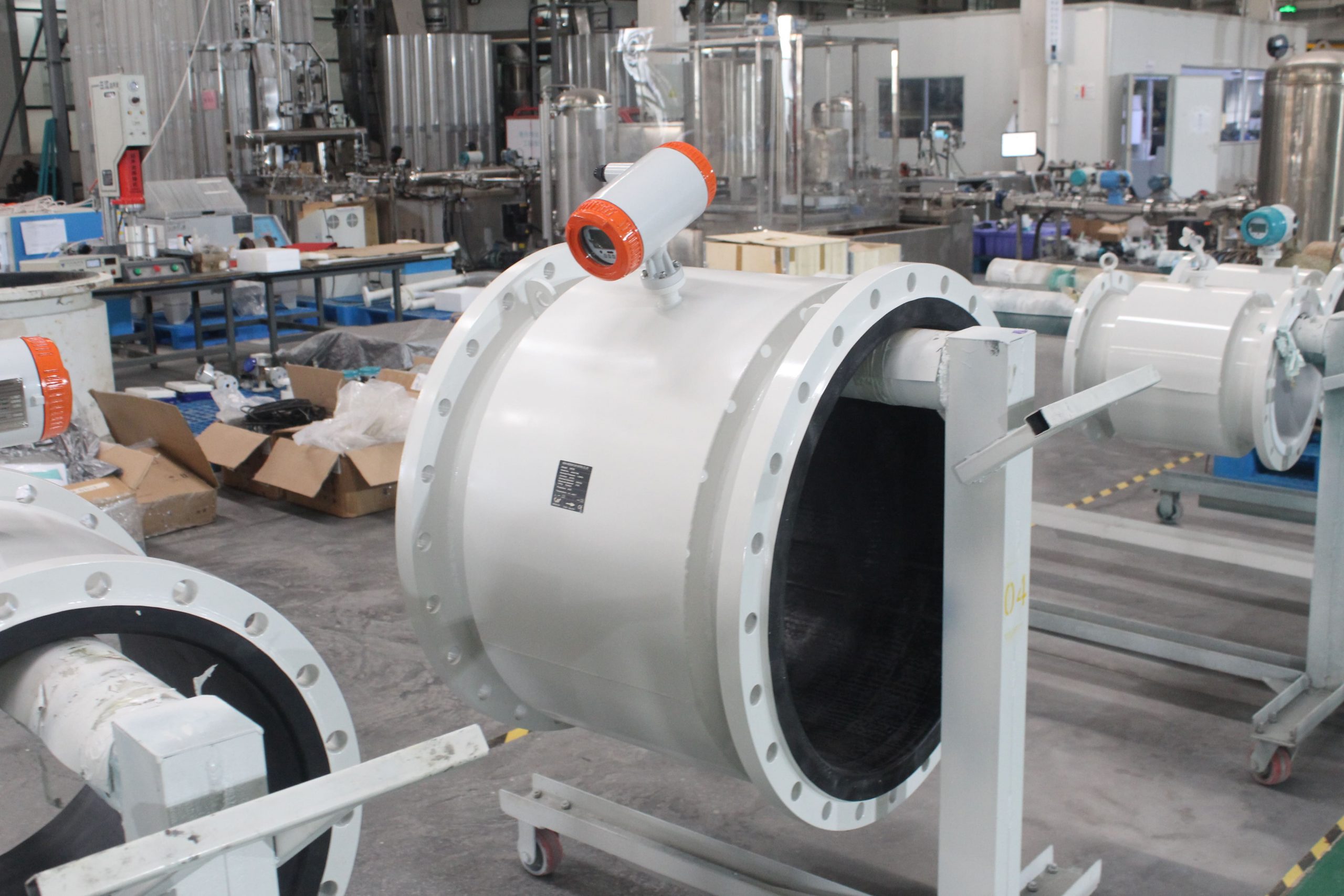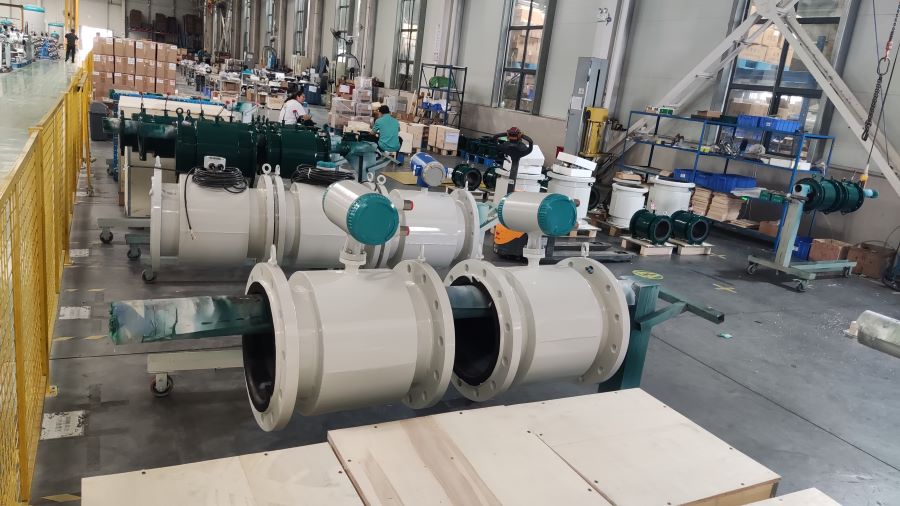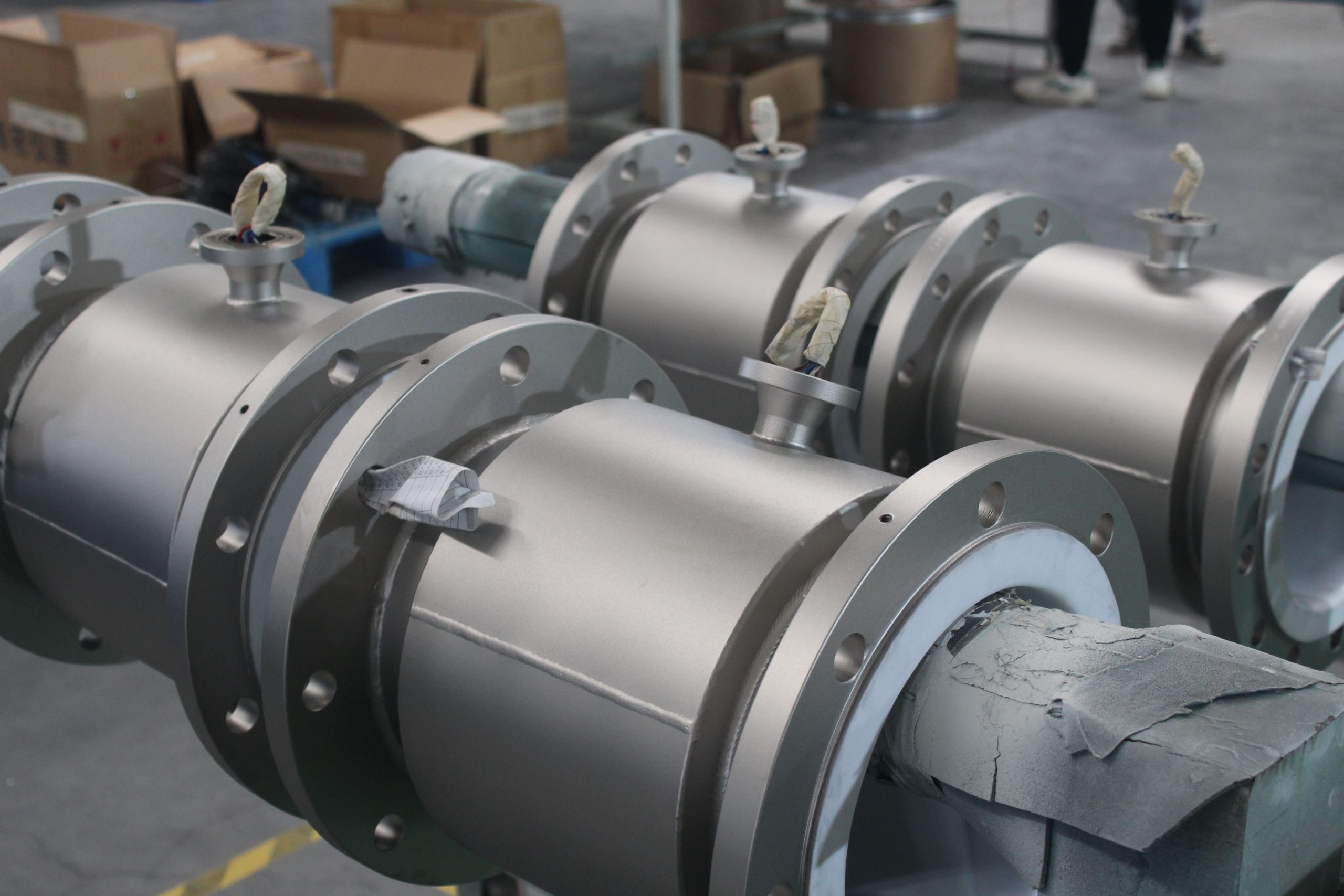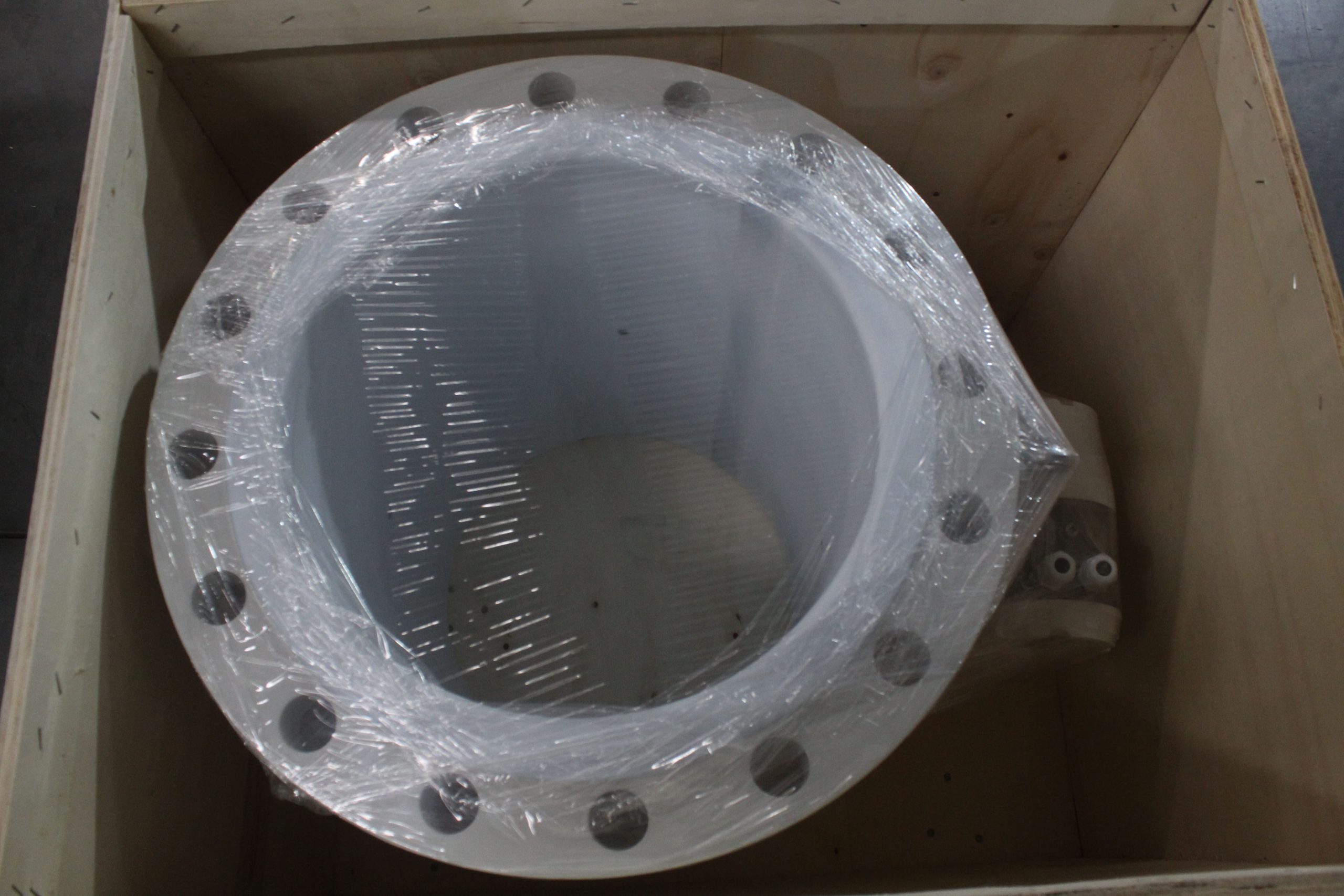Influence of dielectric conductivity of electromagnetic flow meter on measurement
Now, the input impedance of the electromagnetic flowmeter converter has improved a lot, and the error is basically not caused by changes in the conductivity of the medium when the conductive liquid is conductive, but for a certain converter input impedance, the conductivity of the measured medium has a lower limit min, which cannot be lower than this lower limit.
When the transmitter is connected to the converter, the external circuit is in parallel with the input impedance of the converter and becomes the load of the transmitter. When the conductivity of the measured medium is large, the resistance of the external circuit is small, no matter how high the input impedance of the converter is, the result of the parallel will depend on the liquid external circuit of this department, thereby reducing the transmission accuracy between the transmitter and the converter.
The conductivity of the measured medium is too large. For example, when the conductivity exceeds about 10-1 (S/cm), the flow signal will be reduced and the indicated value will be changed, that is, the indicated flow value is less than the actual flow value. This is because in the electromagnetic flow transmitter, the magnetic field is finite length, and the conductive liquid under test can only generate the induced electromotive force e when it flows through the finite magnetic field. Therefore, the induced electromotive force e, which represents the flow signal, is the result of the conductive liquid in the magnetic field department cutting the magnetic field line, and the conductive liquid outside the two ends of the magnetic field does not make any contribution to e. On the contrary, because they are also connected with two electrodes, they also form an external circuit.
Therefore, for an electromagnetic flowmeter and open channel flowmeter, there is a certain range that is not affected by the conductivity of the medium, and the conductance string of the measured medium can neither be too large nor too small. With the development of electronic technology, the improvement of the input impedance of the converter will certainly reduce the lower limit of the conductivity of the measured medium.

